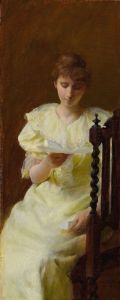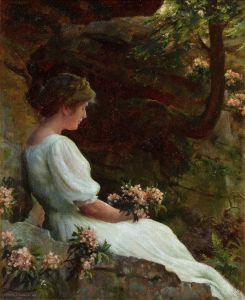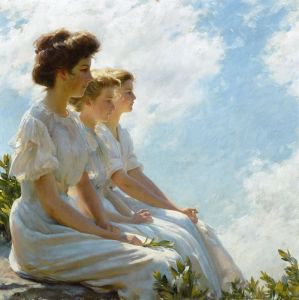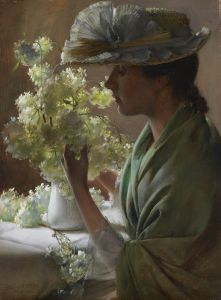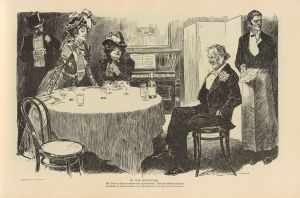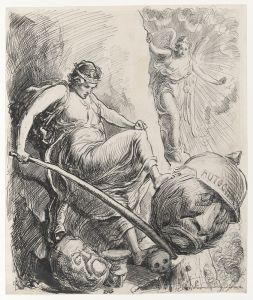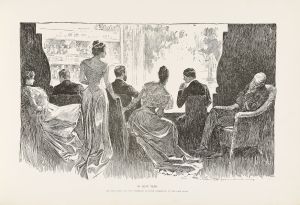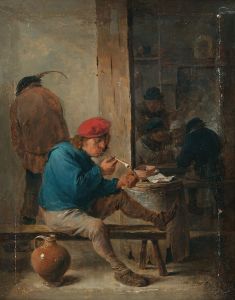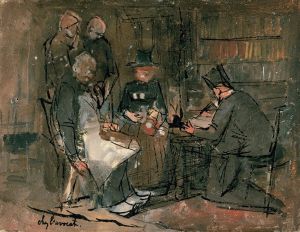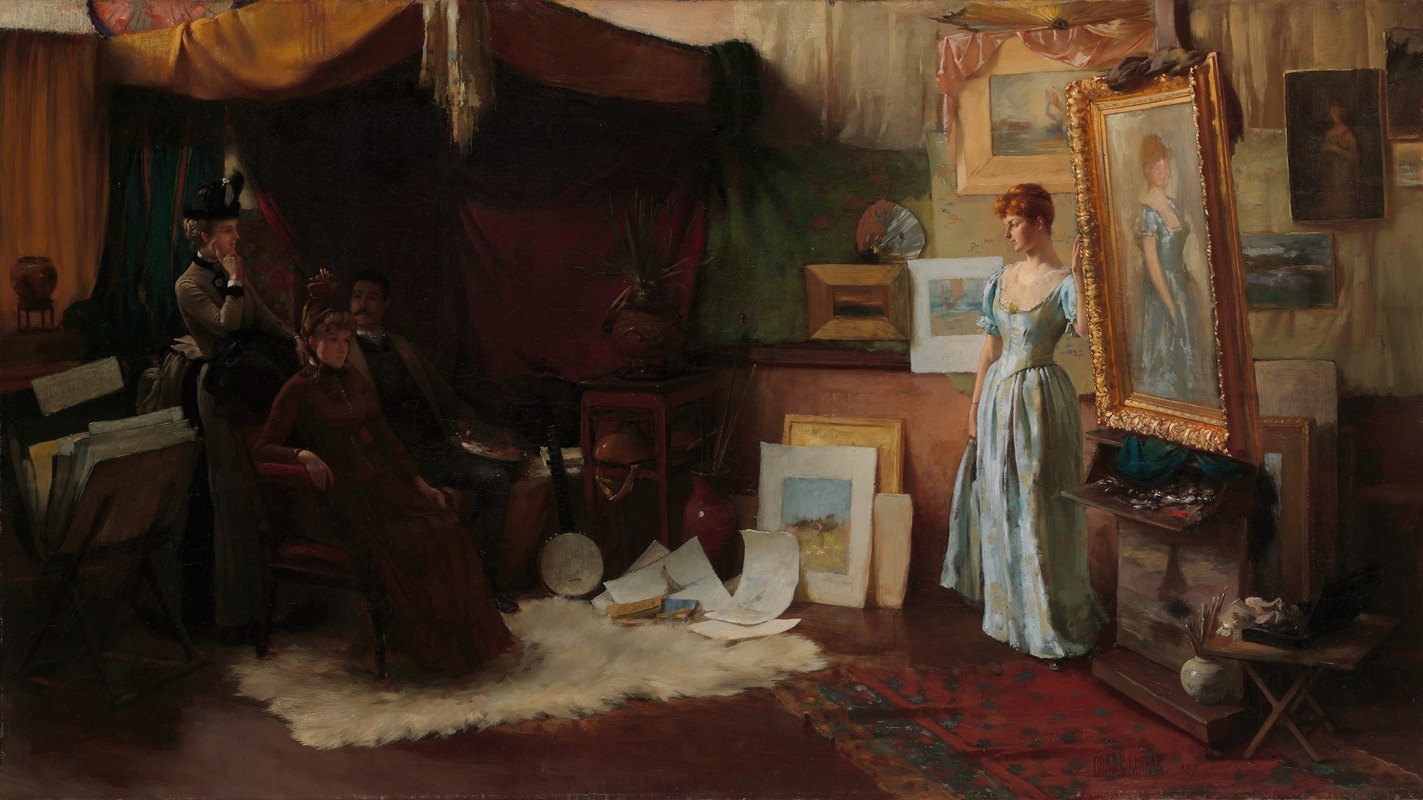
Fair Critics
A hand-painted replica of Charles Courtney Curran’s masterpiece Fair Critics, meticulously crafted by professional artists to capture the true essence of the original. Each piece is created with museum-quality canvas and rare mineral pigments, carefully painted by experienced artists with delicate brushstrokes and rich, layered colors to perfectly recreate the texture of the original artwork. Unlike machine-printed reproductions, this hand-painted version brings the painting to life, infused with the artist’s emotions and skill in every stroke. Whether for personal collection or home decoration, it instantly elevates the artistic atmosphere of any space.
Charles Courtney Curran was an American painter known for his depictions of women and children in idyllic settings. One of his notable works is "Fair Critics," which exemplifies his style and thematic focus. Curran was born on February 13, 1861, in Hartford, Kentucky, and later moved to Ohio. He studied at the Cincinnati School of Design and the National Academy of Design in New York, further honing his skills at the Académie Julian in Paris. His education and experiences in these institutions greatly influenced his artistic development.
"Fair Critics" is a painting that captures Curran's fascination with light, color, and the portrayal of women in serene environments. The painting typically features a group of women, often engaged in leisurely activities, set against a backdrop of lush landscapes or gardens. Curran's works are characterized by their attention to detail, vibrant use of color, and the ability to capture the subtleties of natural light.
The painting reflects the broader themes of Curran's oeuvre, which often focused on the beauty of everyday life and the grace of his subjects. His works are celebrated for their ability to convey a sense of tranquility and harmony, often depicting scenes of genteel leisure that were popular in American art at the turn of the 20th century. Curran's style is often associated with American Impressionism, a movement that emphasized the effects of light and atmosphere, drawing inspiration from French Impressionists.
Curran's choice of subjects and settings in "Fair Critics" aligns with the cultural and social context of his time. During the late 19th and early 20th centuries, there was a growing interest in the depiction of women in art, often portraying them in roles that emphasized beauty, domesticity, and refinement. Curran's paintings, including "Fair Critics," often reflect these societal ideals, presenting women in a positive and respectful light.
Throughout his career, Curran exhibited his works widely, gaining recognition and accolades. He was a member of several prestigious art organizations, including the National Academy of Design, where he was elected an associate member in 1888 and a full academician in 1904. His works were exhibited at the Art Institute of Chicago, the Pennsylvania Academy of the Fine Arts, and the Paris Salon, among other venues.
"Fair Critics" is a testament to Curran's skill as a painter and his ability to capture the essence of his subjects with sensitivity and grace. The painting continues to be appreciated for its aesthetic qualities and its representation of a particular moment in American art history. Curran's legacy endures through his contributions to American Impressionism and his influence on subsequent generations of artists.
Charles Courtney Curran passed away on November 9, 1942, in New York City, leaving behind a rich body of work that continues to be studied and admired. His paintings, including "Fair Critics," remain significant for their artistic merit and their reflection of the cultural values of their time.







